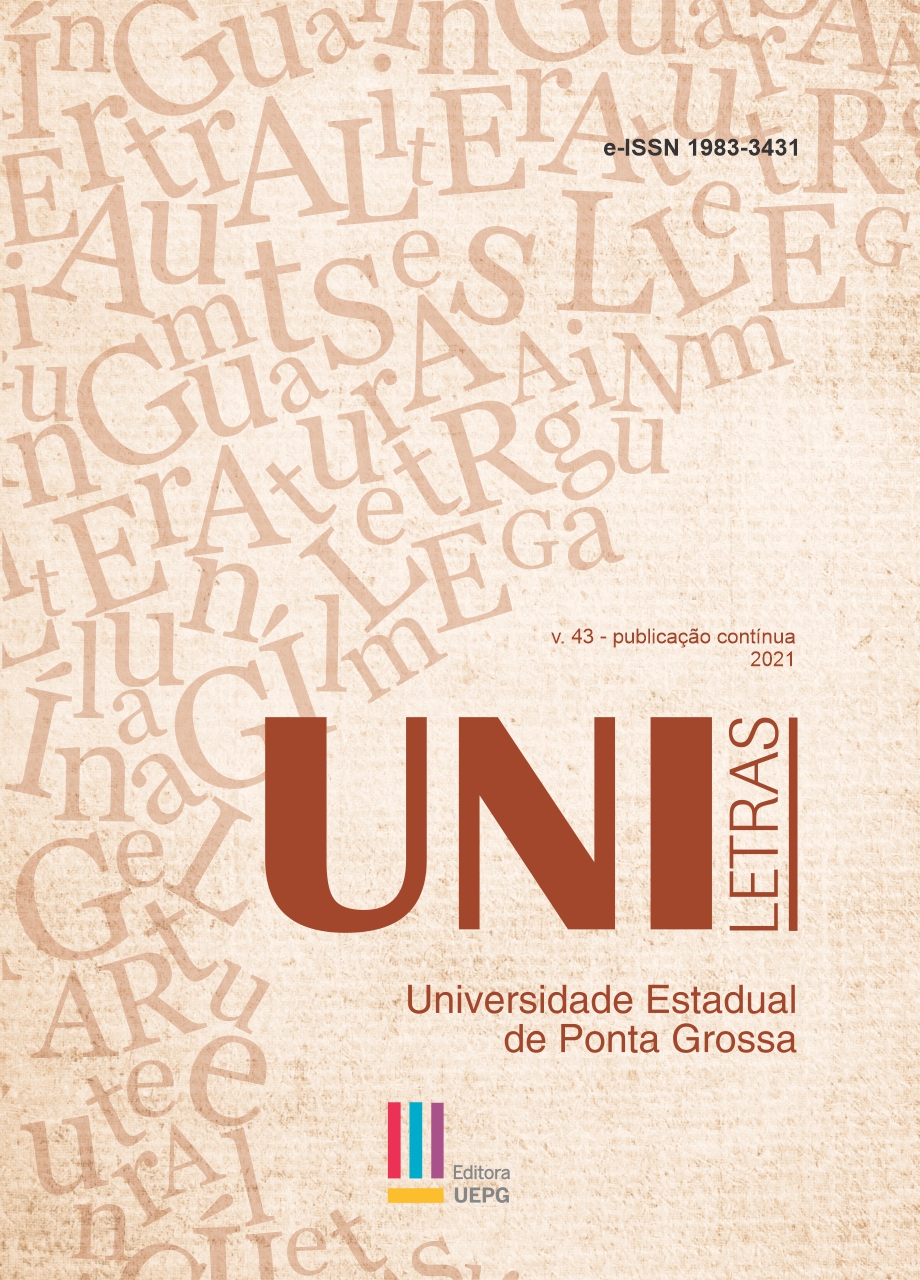A GRAMATICALIZAÇÃO DO CONECTOR CONSECUTIVO “CHEGA” NO FALAR FORTALEZENSE
Resumo
Expomos no presente trabalho um fenômeno de mudança linguística, observado no falar de Fortaleza. A partir de algumas amostras observadas no falar fortalezense, coletadas pelo autor, e outras do corpus linguístico do NORPOFOR, tomamos por hipótese que, em orações subordinadas, a construção gramatical fonte “que chegou a”, encontrada em orações subordinadas consecutivas, sofreu um processo que levou à sua gramaticalização, resultando como produto a forma “chega” invariável e com valor de conector consecutivo. A partir disso, buscamos traçar um provável percurso dessa mudança e desenvolver argumentos que confirmem, plausivelmente, que a forma “chega”, no contexto acima descrito, a partir da construção gramatical “que + chegar (flexionado) + a”, assumiu outra função, indicar a consequência do fato expresso na oração anterior. Adotamos uma perspectiva teórica plural fundamentada em conceitos da Sociolinguística, da Linguística Centrada no Uso; no modelo teórico da Gramática das Construções e do Funcionalismo Linguístico, de cujo conceito de gramaticalização nos valemos.
Downloads
Downloads
Publicado
Edição
Seção
Licença
Autores que publicam nesta revista concordam com os seguintes termos:
a) Os autores mantém os direitos autorais e concedem à revista o direito de primeira publicação, com o trabalho simultaneamente licenciado sob a Creative Commons Attribution License que permite o compartilhamento do trabalho com reconhecimento da sua autoria e publicação inicial nesta revista.
b) Esta revista oferece acesso livre imediato ao seu conteúdo, seguindo o princípio de que disponibilizar gratuitamente o conhecimento científico ao público proporciona maior democratização mundial do conhecimento. Para maiores informações sobre esta abordagem, visite Public Knowledge Project, projeto que desenvolveu este sistema para melhorar a qualidade acadêmica e pública da pesquisa, distribuindo o OJS assim como outros softwares de apoio ao sistema de publicação de acesso público a fontes acadêmicas. Os nomes e endereços de e-mail neste site serão usados exclusivamente para os propósitos da revista, não estando disponíveis para outros fins.

This work is licensed under a Creative Commons Attribution 4.0 International License.





